![]()
![]()
![]()
Use LEFT and RIGHT arrow keys to navigate between flashcards;
Use UP and DOWN arrow keys to flip the card;
H to show hint;
A reads text to speech;
72 Cards in this Set
- Front
- Back
|
Abdomen
|
contains the insects heart and stomach
|
|
|
larva
|
caterpillar
|
|
|
pupa
|
the resting stage of complete metamorphosis of an insect
|
|
|
Chrysalis
|
a hard case covering a butterfly larva
|
|
|
nymph
|
a baby insect that looks almost like its parents
|
|
|
spiracle
|
breathing tubes or tiny holes the insects use to breathe
|
|
|
exoskeleton
|
the hard coat of armor that protects the tiny body parts of an insect
|
|
|
ovipositor
|
long, narrow, egg-laying part of some female insects, like the cricket
|
|
|
thorax
|
the middle body part of an insect where the wings and legs are attached
|
|
|
Petal
|
helps attract birds and insects to the flower
|
|
|
stamen
|
center of the flower head, and makes pollen
|
|
|
sepal
|
protects the bud
|
|
|
Pistil
|
makes the seeds
|
|
|
oxygen
|
a gas green plants give off into the air during photosynthesis
|
|
|
carbon dioxide
|
a gas which green plants absorb from the air during photosynthesis
|
|
|
ray flowers
|
the petal of a flower is actually a ray flower, not just a petal
|
|
|
pollinate
|
when an insect moves pollen from the stamens to the pistils
|
|
|
germinate
|
to sprout
|
|
|
chlorophyll
|
a green coloring matter that makes it possible for them to manufacture their own food
|
|
|
embryo
|
the new plant
|
|
|
tobacco
|
the plant containing the poison nicotine
|
|

|
Ant
|
|
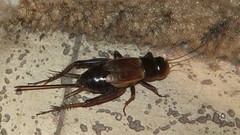
|
cricket
|
|
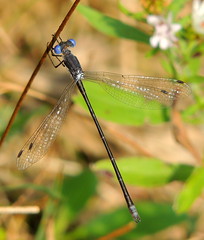
|
dragonfly
|
|
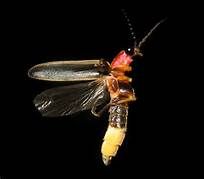
|
firefly
|
|
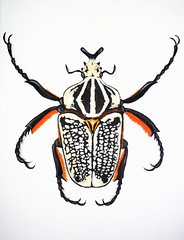
|
goliath beetle
|
|

|
grasshopper
|
|
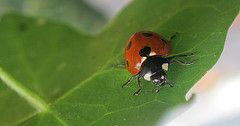
|
ladybug
|
|

|
monarch butterfly
|
|
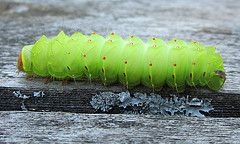
|
polyphemus moth
|
|
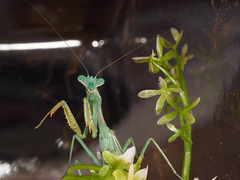
|
praying mantis
|
|

|
walking stick
|
|
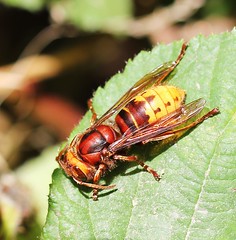
|
hornet
|
|
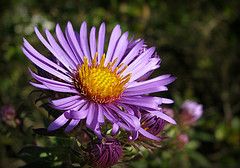
|
Aster
|
|

|
chrysanthemum
|
|
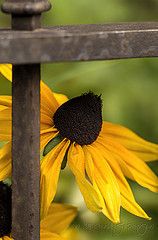
|
black-eyed susan
|
|
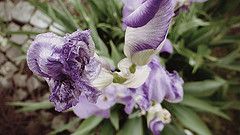
|
iris
|
|
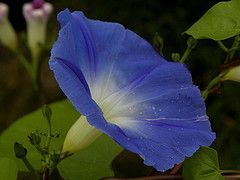
|
morning glory
|
|

|
petunia
|
|
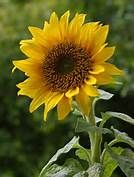
|
sunflower
|
|
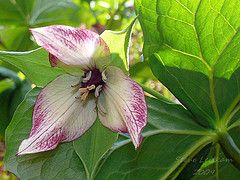
|
trillium
|
|

|
wild rose
|
|
|
Label an insects 3 body parts
|
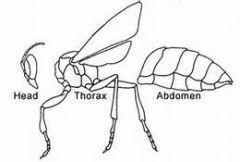
|
|
|
Broadleaf Trees
|
Oaks,maples, ashes, elms, walnuts, and willow trees.
They are deciduous trees because the lose their leaves in the fall. |
|
|
Needleleaf Trees
|
Pines, firs, spruces, hemlocks, larches, redwoods, cedars, and junipers. They are evergreen - they do not lose their leaves each year.
|
|
|
Palms
|
not always a tree, sometime a shrub or vine
|
|
|
Fir Tree
|
have single needles that grow directly on the twig, not on a stalk
|
|
|
Spruce
|
have short four-sided needles that grow in spirals on stalks
|
|
|
Hemlock
|
have very short, flat needles growing on little stalks on each branch
|
|
|
What things are needed in order for seeds to sprout?
|
water, oxygen, and the right temperature
|
|
|
Name an insect that buries dead animals
|
beetle
|
|
|
Name an insect that keeps "cows" for the nectar they give
|
ants
|
|
|
Name an insect that has 2 pairs of compound eyes
|
whirligig beetle, dragonfly
|
|
|
Name an insect that lays her eggs on her husband's back
|
giant waterbug
|
|
|
Name an insect that communicates food sources by doing a dance
|
honey bees
|
|
|
Name an insect that tastes bitter
|
monarch butterfly
|
|
|
Name an insect that carries it's house around
|
caddis worm
|
|
|
Name an insect that migrates long distances
|
locusts
|
|
|
Name an insect that protect themselves by their stings
|
wasp
|
|
|
Name an insect that protect themselves by letting off a foul odor
|
stink bug
|
|
|
Name an insect that chews wood
|
termite
|
|
|
Name an insect that pretends to be harmful
|
tiger swallowtail caterpillar
|
|
|
Name an insect that goes through complete metamorphosis
|
butterfly
|
|
|
Name an insect that goes through incomplete metamorphosis
|
large milkweed bug
|
|
|
Name an insect that feeds on other insects
|
praying mantis
|
|
|
Name an insect that lives in the water
|
whirligig beetle, giant water bug
|
|
|
Name an insect that lives in colonies
|
ants
|
|
|
What are the 3 special characteristics of insects?
|
exoskeleton, 6 legs, and 3 body parts
|
|
|
What are the 4 stages of complete metamorphosis?
|
egg, larva, pupa, adult
|
|
|
What are the 3 stages of incomplete metamorphosis?
|
egg, nymph, adult
|
|
|
What are 5 ways insects communicate?
|
sound, smell, dancing, sight, and touch
|
|
|
What are 4 differences between butterflies and moths?
|
1) Butterflies fly during the day; moths fly at night.
2) Butterflies fold their wings together when they rest; moths rest with their wings spread out. 3) Butterflies antennae are thin; moths antennae are feathery 4) Butterflies body is usually not as thick as a moth's |

